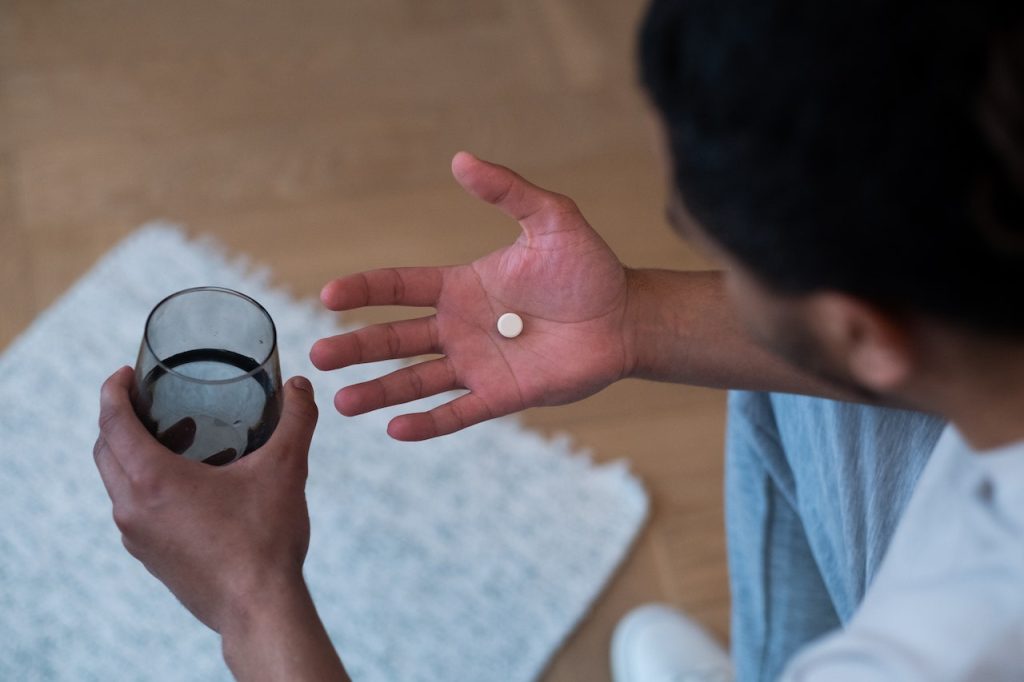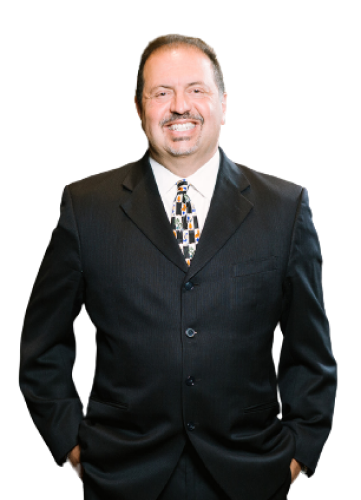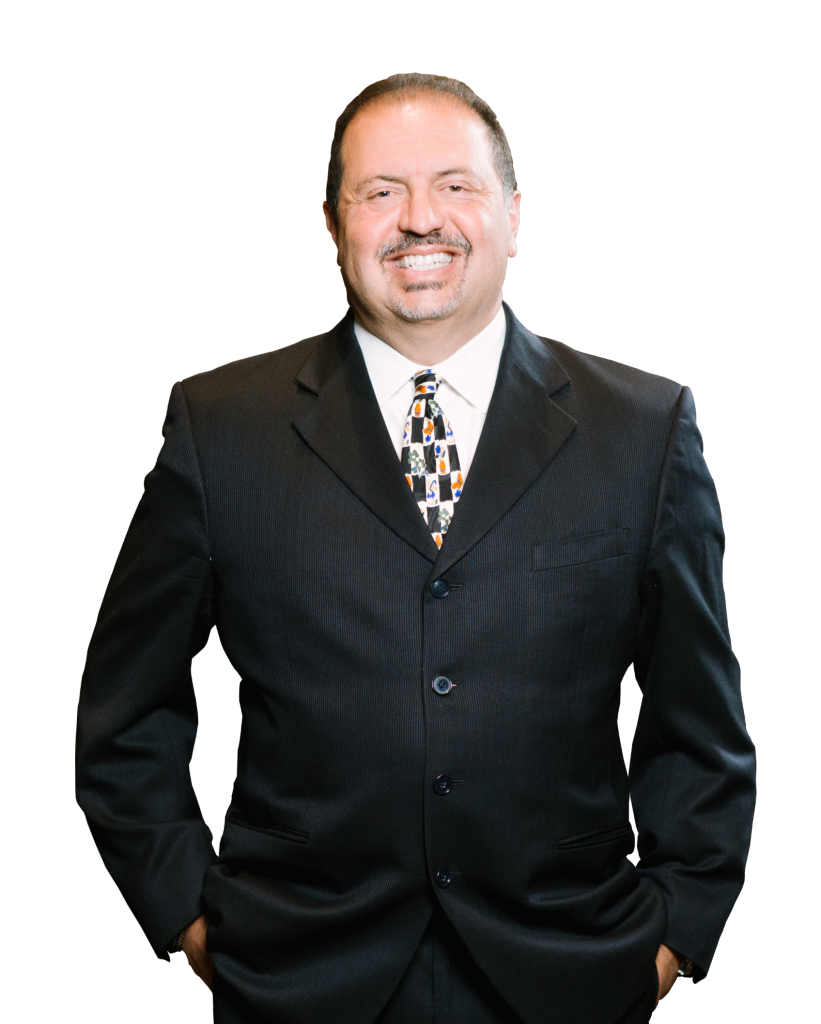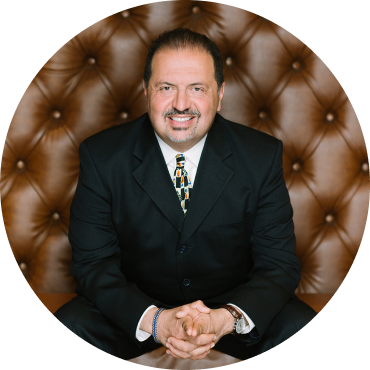Alternative medicine and healthcare systems are gaining popularity due to several factors. Many remain wary of conventional medicine, such as those who are against vaccines, while others assume that all-natural and non-synthetic products are better for the body.
In the United States, approximately 38% of adults and 12% of children use complementary and alternative medicines. Conventional or mainstream medicine and healthcare systems are well-researched and undergo carefully-designed trials to ensure their safety and effectiveness. But certain types of alternative medicine often lack science-backed data and results. This means that while they may pose certain benefits, alternative medicine can also come with risks and downsides. Furthermore, many forms of alternative medicine are not regulated or authorized by the government. So, you can’t always be sure that you’re getting a quality product or service.
Read on to learn about the types of alternative medicine, the difference between alternative and complementary medicine, and my main takeaway.

What are the Types of Alternative Medicine, and Do They Work?
There are various kinds of alternative medicine. But in this blog, we’ll focus on the five primary categories of alternative medicine: alternative medical systems, mind-body interventions, biologically-based treatments, manipulative and body-based methods, and energy therapies.
1. Alternative Medical Systems
Examples of these are:
- Ayurveda: Originating from India, this system emphasizes personalized natural treatments or cures depending on one’s unique circumstances. It combines methods like herbs, meditation, yoga, and massage.
- Homeopathy: Developed in Germany, this system is rooted in the beliefs that “like cures like” and the “law of minimum dose.” It involves ingesting small doses of a substance to supposedly stimulate the body’s immune system and self-healing response.
- Naturopathy: This system embraces natural remedies, lifestyle changes, and non-invasive treatments like nutritional counseling, hydrotherapy, ultrasound and light therapy, and pharmacology.
- Traditional Oriental medicine (TCM): Many countries, particularly Asian countries, have unique healing techniques and methods. These commonly rely on natural or herbal remedies, massages, and the balancing or realigning of energy.
2. Mind-Body Interventions
Even conventional medicine acknowledges that there is a powerful link between the mind and body such as that a good mental and emotional state can aid physical recovery. Mind-body interventions encompass techniques that are believed to address ailments by shifting the state of the mind.
These can include meditation, prayer and other spiritual practices, and hypnosis. Some also practice guided imagery or tap into the power of art, music, and dance.

3. Biologically-Based Treatments
Perhaps the most common visualization that people think of when hearing “alternative medicine” is plant-based pills or teas. But herbal medicine is just one example under the category of biologically-based treatments, which pertain to non-conventional practices or interventions that impact the body’s biology.
Aside from herbal medicine, common biologically-based treatments also include dietary supplements and special nutritional approaches or diets that purportedly aim to support health and wellness by balancing one’s nutritional wellbeing.

4. Manipulative and Body-Based Methods
This category encompasses techniques and methods that involve touching or moving the body to address ailments. Healing through touch is based on the logic that if one part of the body is injured, in pain, or in poor health, the adverse effects can ripple to the rest of the body. By manually manipulating that ailing area back into optimum health, the body is encouraged to wholly rejuvenate itself.
Prominent examples of manipulative and body-based techniques include:
- Chiropractic: This alternative medicine practice focuses on the relationship between the body’s structure and function of the musculoskeletal system, primarily the spine.
- Massage: This is a broad term that generally pertains to the manipulation of muscles and soft tissue to reduce tension and induce relaxation. There are many types of massages, differing in terms of how they manipulate the muscles. It can include stretching, kneading, and even utilizing tools (i.e., hot stones and candles).

5. Energy Therapies
This category encompasses techniques that focus on correcting or balancing biofield energy (coming from within the body) or electromagnetic field energy (coming from external sources).
Biofield energy therapy aims to affect the supposed energy fields surrounding and penetrating the body. Some forms of energy therapy may overlap with body-based methods as they entail applying pressure or manipulating the body to place the hands in or through the energy fields.
Electromagnetic-based therapies may involve the usage of electromagnetic fields like pulsed fields, magnetic fields, or direct or alternating current fields. They are often believed to help address asthma, pain management, migraines/headaches, and cancer.
Popular examples of energy therapies include therapeutic touch, Qi Gong, Reiki, and Prana.
Alternative Medicine Vs. Complementary Medicine: What’s the Difference?
While looking into alternative medicine, you may also encounter the term “complementary medicine.” Some sources may use them interchangeably or together, but they aren’t exactly the same thing.
Together, complementary and alternative medicine (often shortened to the acronym CAM) refer to a group of medical and healthcare systems and methods that are currently not considered part of conventional medicine. Both encompass the techniques and treatments that may not yet be adequately tested and proven effective to be widely accepted as medicine.
On its own, complementary medicine refers to non-conventional treatments used alongside mainstream medicine. Hence, it complements conventional medicine. This is different from alternative medicine, which is used to replace mainstream treatment. Hence, it’s an alternative to conventional medicine.

What Do You Need to Be Aware Of With Alternative Medicine?
With the constant evolution of science and technology, new forms of alternative medicine and healthcare emerge all the time. The COVID-19 pandemic may slowly be settling down. But new diseases are on the rise and changing seasons usher in a spike of seasonal illnesses.
Now more than ever, people are conscious of their health and looking for safe and efficient ways to look after their wellbeing. But with the speedy spread of information and testimonials via the internet, it can be difficult to prove which so-called treatments are truly safe and effective.
Many remain wary of conventional treatments, like those who are hesitant about vaccines, so they turn to alternative medicines and healthcare methods. Some of these medications are difficult to prove, but their effectiveness is possible.
As a medical professional with decades of experience, here’s my advice. For those who are inclined to use non-conventional medicine, go for complementary healthcare approaches. You may consider combining conventional medicine with other things that perhaps haven’t been proven but you think might be effective, or you notice a positive difference after trying it. And, as you probably guessed, always talk with your healthcare provider first to ensure it’s safe.













